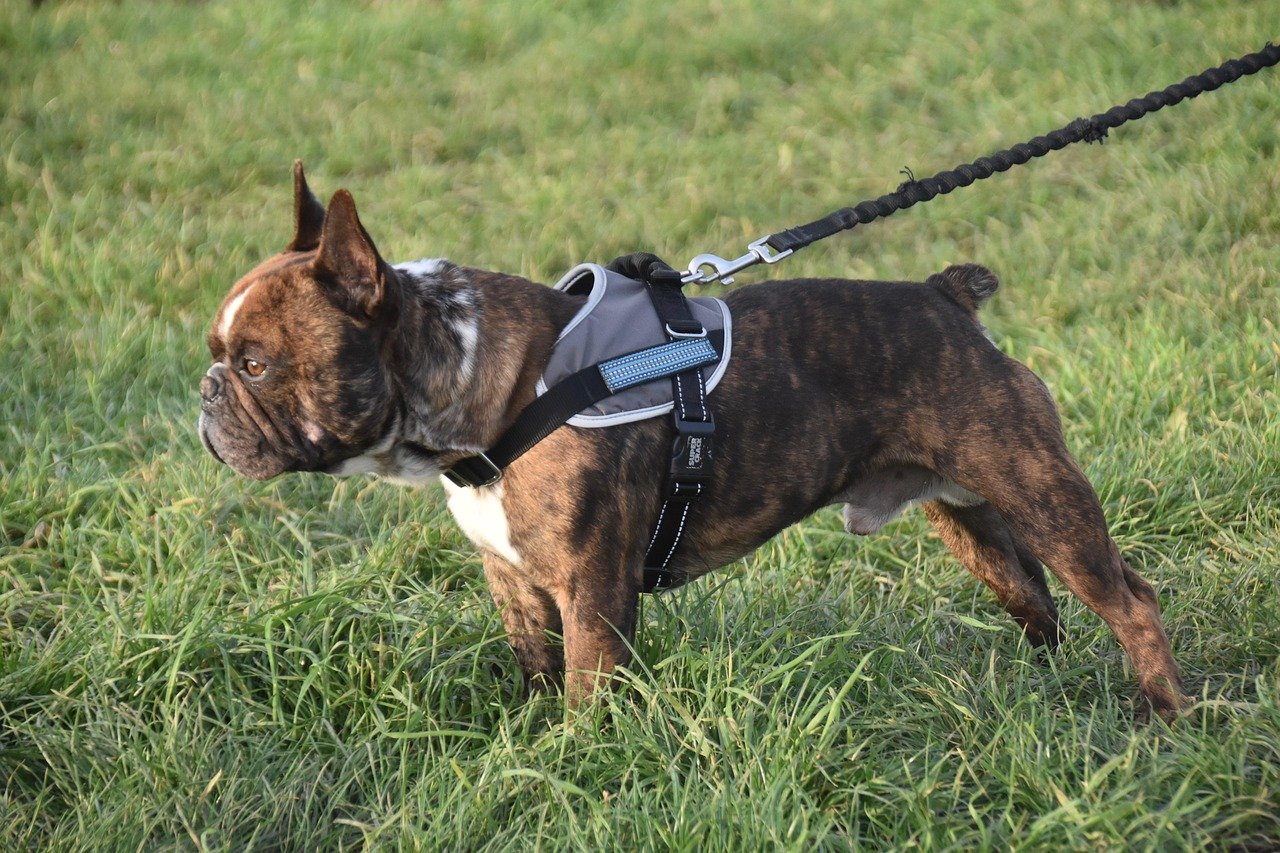Have you ever felt your heart race as your dog’s leash goes taut, their body tensing and barking exploding from their throat at the sight of another dog? If so, you know the embarrassment, frustration, and worry that comes with walking a reactive dog. It’s a rollercoaster of emotions—fear for your dog’s safety, concern about what others think, and sometimes, a dash of hopelessness. But here’s the truth: you’re not alone, and things can get better. Learning to manage a reactive dog on a leash is a journey filled with tiny victories, surprising setbacks, and above all, love. Let’s dive into how you can transform those stressful walks into something a little more peaceful, and maybe even joyful.
Understanding Leash Reactivity
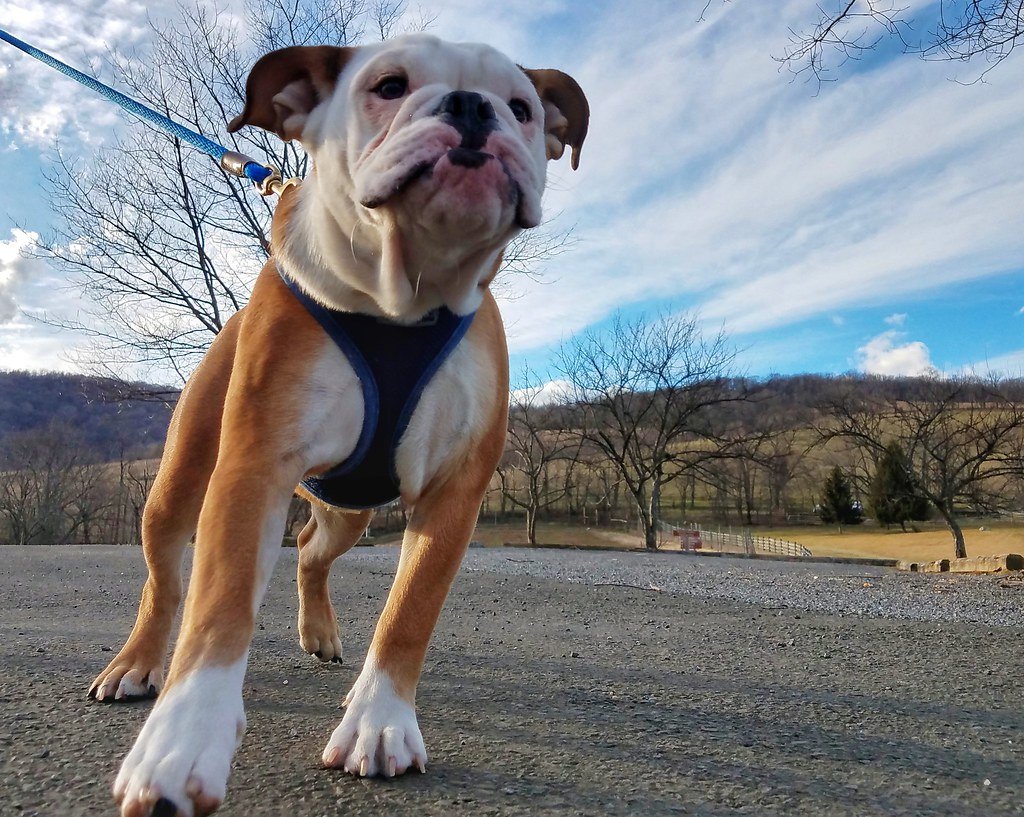
Leash reactivity isn’t just “bad behavior”—it’s your dog’s way of expressing feelings they can’t put into words. Some dogs bark, lunge, or whine when they see other dogs, people, or even bikes. This reaction can be triggered by fear, excitement, frustration, or a mix of emotions. Imagine yourself feeling trapped in a crowded elevator—sometimes, you just want to get out and you can’t. That’s a bit like how a reactive dog feels on a leash.
The leash itself plays a huge part in this. When a dog is restrained, they can’t run away or approach as they’d like. This can make their emotions boil over, even if they’re friendly off-leash. Understanding this is the first step toward empathy and progress. When you see things from your dog’s point of view, you can start making changes that help both of you. Instead of blaming your dog, you’ll see a friend who needs your guidance and support.
Recognizing Triggers and Warning Signs
One of the most important things you can do is learn your dog’s triggers. Triggers are those specific things—like other dogs, skateboards, or people in hats—that set off your dog’s reactivity. You might notice your dog stiffening, staring, or licking their lips before they bark or lunge. These are subtle warning signs, a bit like a storm brewing before the thunder.
Paying attention to these signals gives you a chance to intervene early. Keep a mental—or even written—list of what bothers your dog. Is it big dogs, kids on scooters, or the mail carrier? Noticing patterns can help you predict and prevent outbursts. Think of it as learning to read your dog’s secret language. The more fluent you become, the better you can protect and reassure them.
Choosing the Right Equipment
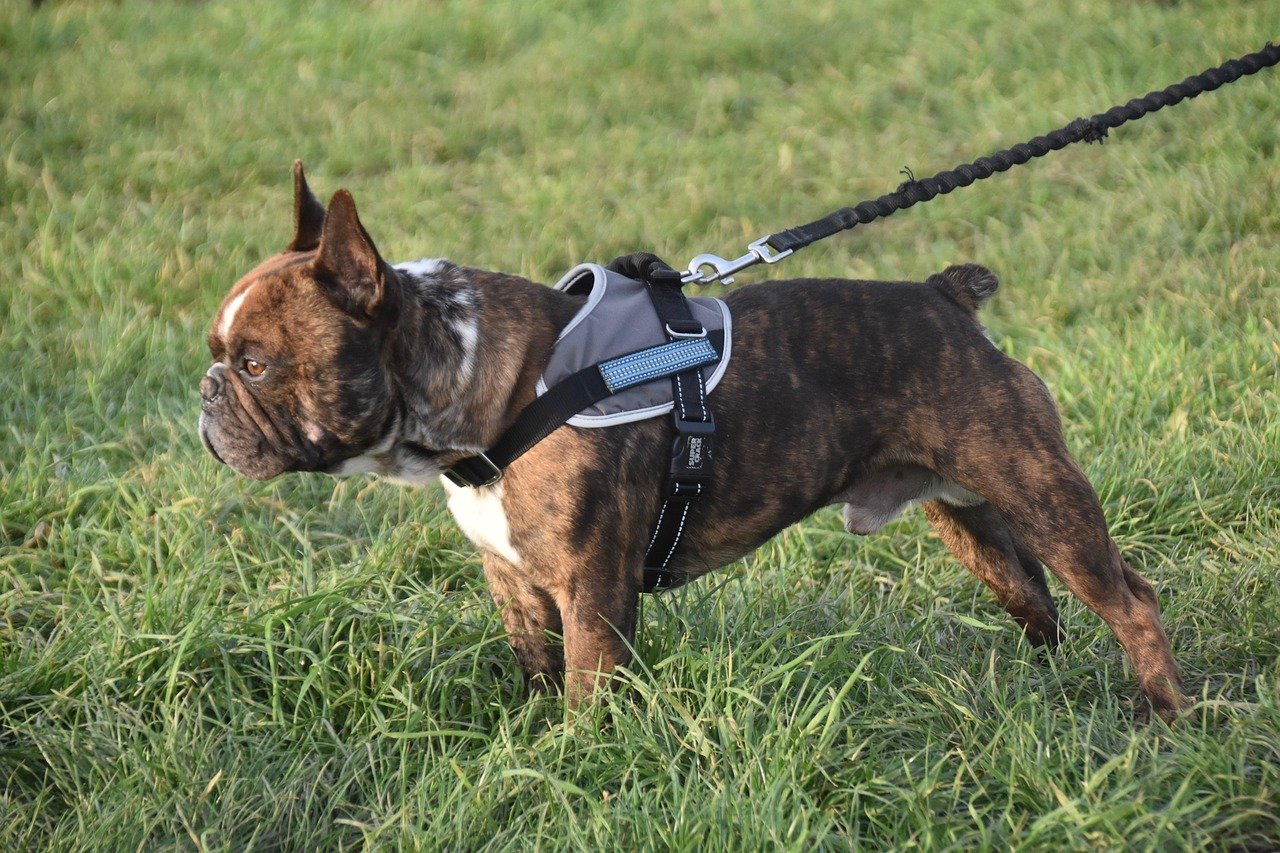
The right gear can make a world of difference when handling a reactive dog. A sturdy, non-retractable leash gives you better control and helps keep your dog close without tangling. Harnesses are often preferred over collars because they distribute pressure more evenly and reduce the risk of injury if your dog lunges. Some people swear by front-clip harnesses, which can gently redirect your dog’s movement toward you.
There’s also the option of head halters, which give you more control over your dog’s head and attention, but these need to be introduced slowly so your dog doesn’t find them uncomfortable. Avoid choke chains or prong collars—they might seem effective in the short term, but they can increase fear and aggression in the long run. Remember, the goal is to help your dog feel safe and secure, not to punish them for their fear.
Practicing Calm Before You Walk
Setting the tone before you even set foot outside can make a big difference. If your dog is already bouncing off the walls or barking at the door, it’s a sign they’re overstimulated before the walk even begins. Instead, practice calm behaviors in the house. Ask your dog to sit or lie down, and reward quiet, relaxed behavior with treats or gentle praise.
You can even practice putting on the leash and harness, then waiting a few moments for your dog to settle before heading out. Think of it like deep breathing before a big test—calm before action. Over time, your dog will start to associate getting ready for a walk with being calm, not chaotic. This small change can set you both up for more success outside.
Creating Distance From Triggers
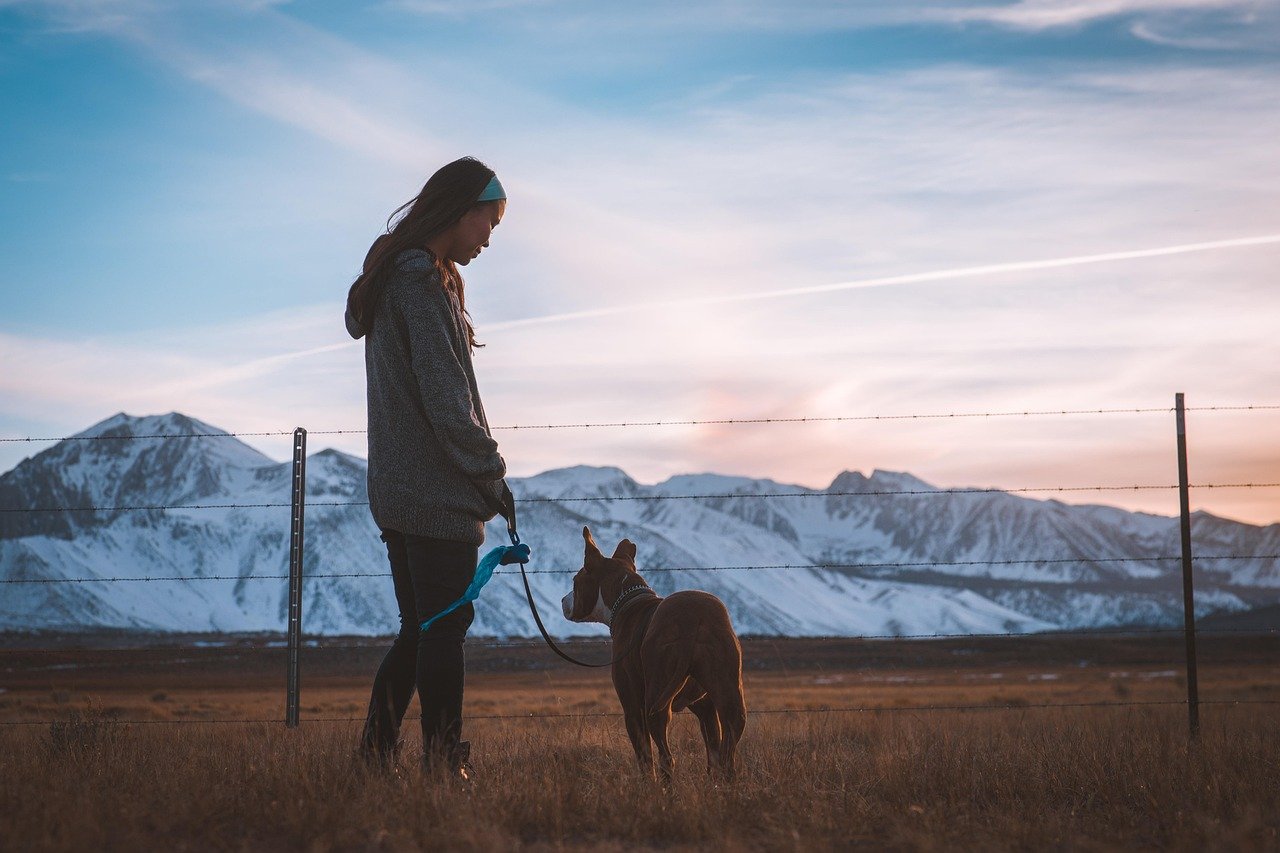
Distance is your friend when it comes to managing reactivity. If you spot another dog or person up ahead, cross the street or move off the path to give your dog more space. Imagine how much easier it is to stay calm when you’re not right next to something that scares you. This “buffer zone” helps your dog process the situation without feeling trapped.
Sometimes, it means planning your walks around less busy times or choosing quieter routes. It’s not about avoiding the world forever, but about making things manageable for your dog right now. Over time, you can slowly decrease the distance as your dog gets more comfortable. For now, don’t be afraid to give your pup the room they need to feel safe.
Using Positive Reinforcement
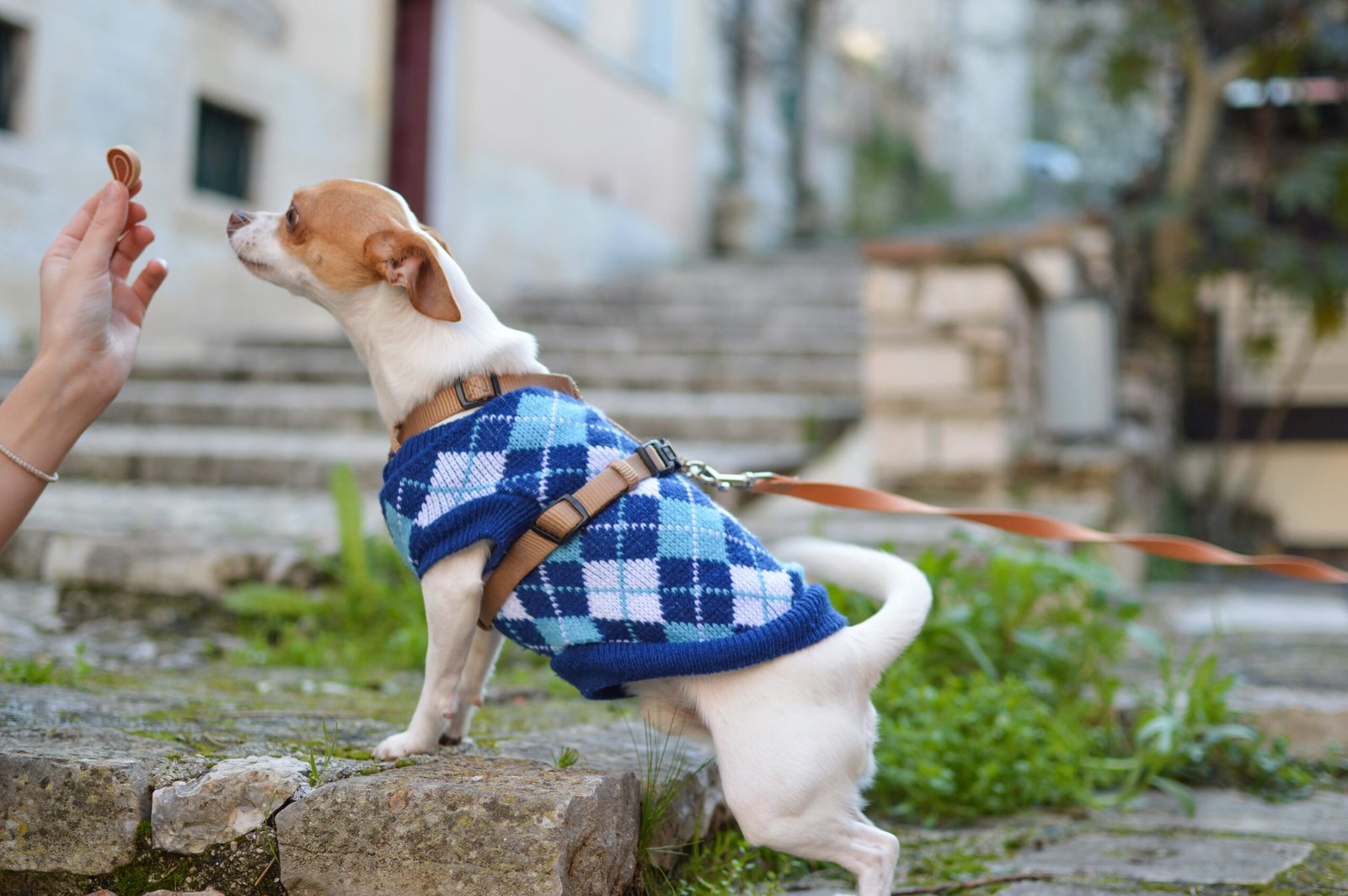
Rewarding your dog for calm, quiet behavior is the heart of changing reactivity. Carry high-value treats—think chicken, cheese, or whatever makes your dog’s eyes light up. When your dog notices a trigger but doesn’t react, immediately reward them. If they look at you instead of barking, that’s jackpot time! This teaches your dog that good things happen when they stay calm around their triggers.
Consistency is key here. If you only reward sometimes, your dog might get confused. Be generous at first; you can always taper off as your dog improves. Think of it like learning a new language—a lot of encouragement at the start makes the process smoother and more enjoyable for everyone.
Teaching Focus and Attention Exercises
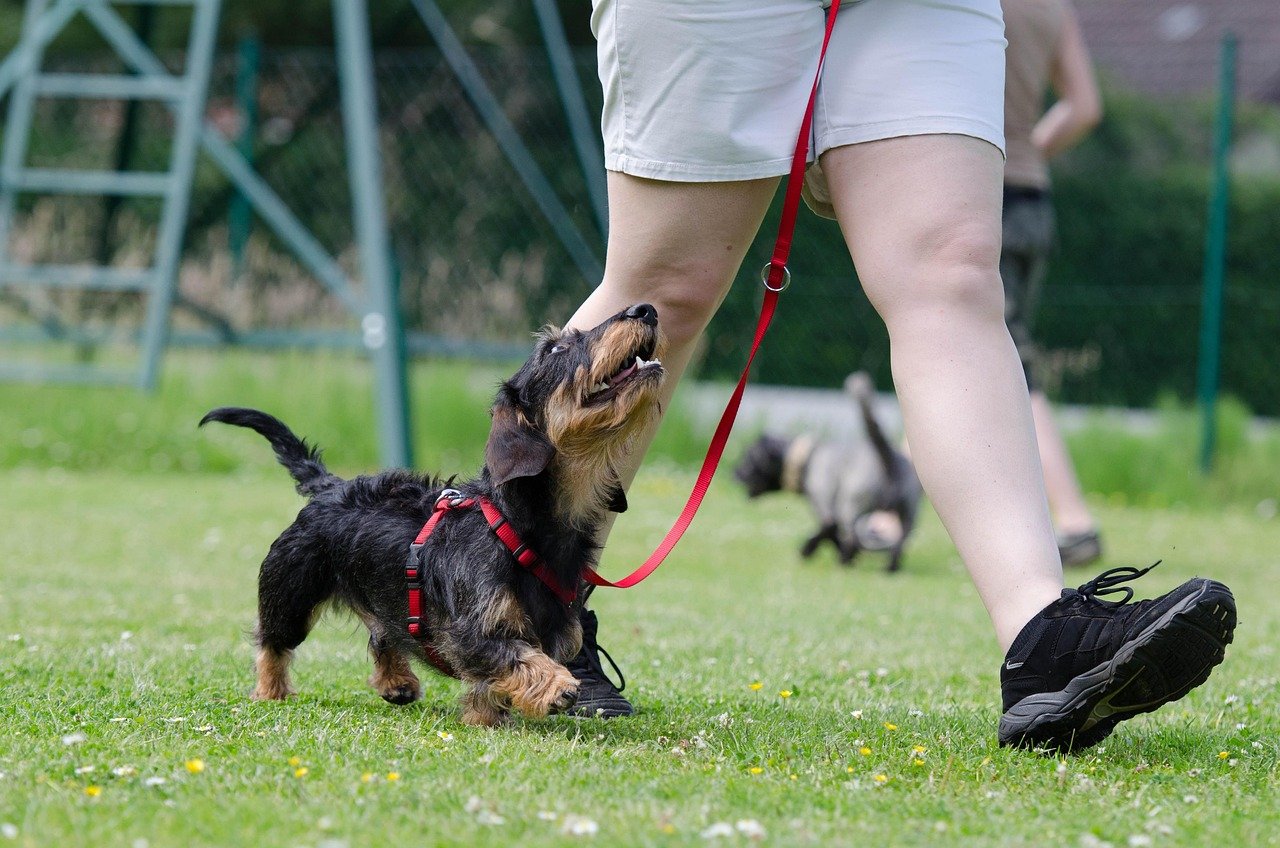
Training your dog to look at you on cue can be a game-changer. Start by saying their name and rewarding them when they make eye contact. Gradually add distractions, rewarding your dog every time they focus on you instead of the environment. This “watch me” or “look at me” cue becomes your secret weapon when a trigger appears.
Practice in calm settings before trying it on walks. Once your dog is good at this, you can use it to get their attention before they spiral into reactivity. It’s like teaching a child to listen for your voice in a crowded playground—a simple, powerful way to reconnect and redirect their energy.
Managing Your Own Emotions
Dogs are experts at reading our emotions. If you tense up when you see another dog, chances are your dog will notice and get tense too. It’s a bit like being with a friend who’s nervous—you can’t help but feel uneasy yourself. Take deep breaths and keep your voice calm and upbeat, even if you’re feeling anxious inside.
Remind yourself that setbacks are normal and progress takes time. Celebrate the small wins, like your dog glancing at a trigger and looking back at you. The more you can stay calm, the more your dog will learn that there’s nothing to fear. It’s a team effort, and you’re both learning together.
Building Confidence With Gradual Exposure
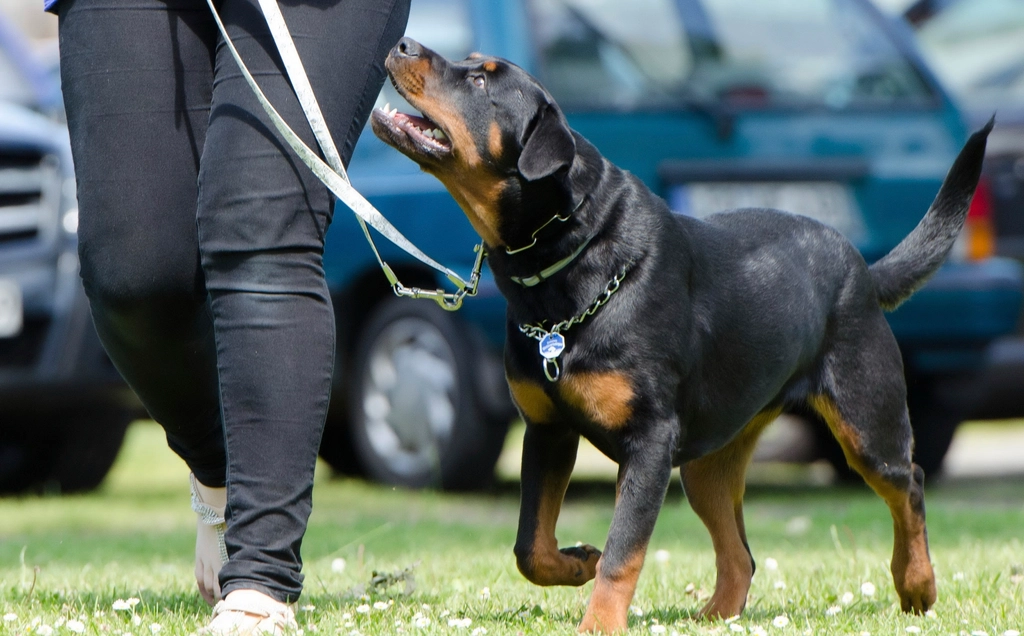
Helping your dog face their triggers in a controlled way is called desensitization. Start with triggers at a distance where your dog is calm, then slowly decrease the distance as your dog gets more comfortable. If your dog gets upset, you’ve gone too fast—back up and try again. Think of it like dipping your toes in a cold pool before jumping in.
Pair these exposures with treats and praise so your dog makes positive associations. Over time, those scary things become less frightening. It’s a slow process, but every step forward is a victory. Your dog’s growing confidence will shine through in their body language and behavior.
Knowing When To Seek Professional Help
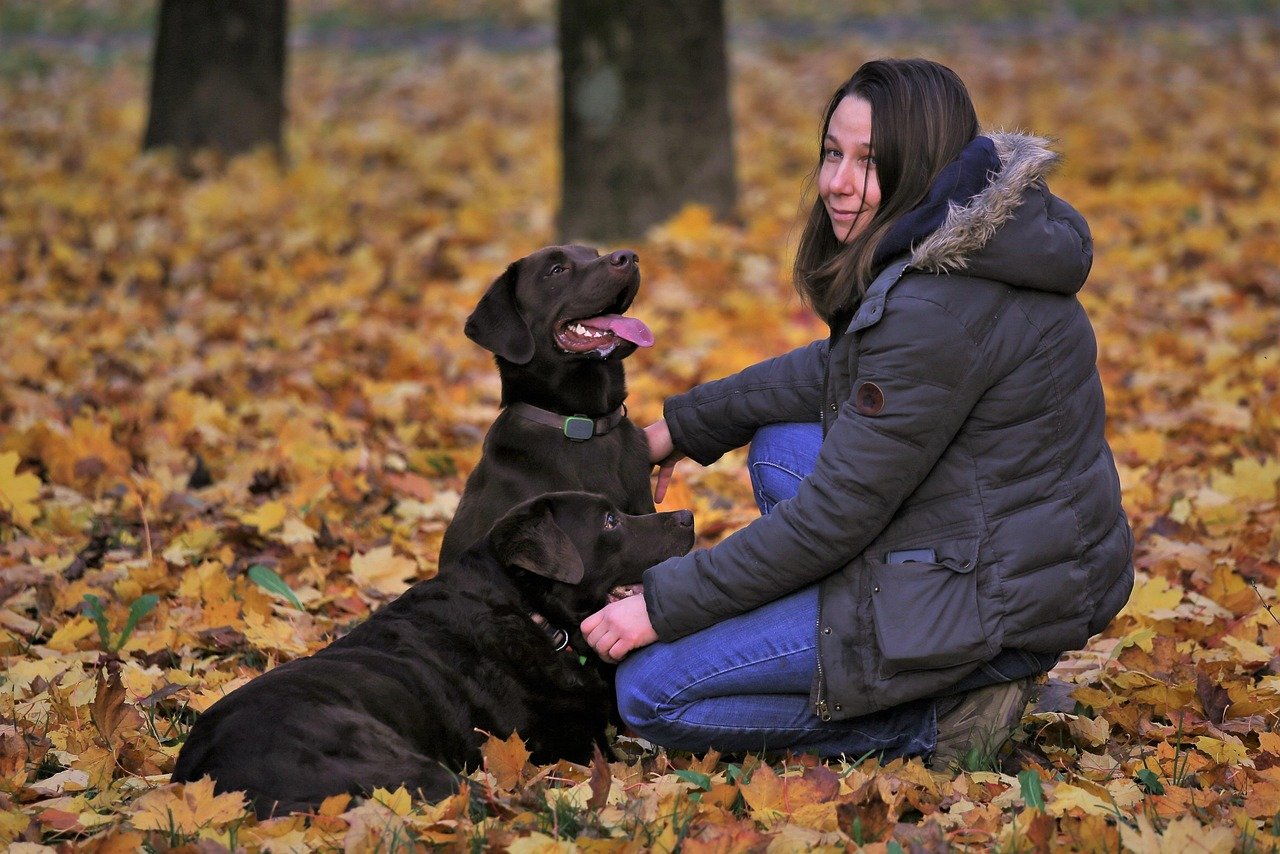
Sometimes, even with your best efforts, your dog’s reactivity feels overwhelming. There’s no shame in reaching out for help from a professional dog trainer or behaviorist. These experts can design a plan tailored to your dog’s needs and give you hands-on guidance. Make sure to find someone who uses positive, science-based methods.
A good trainer will support both you and your dog, helping you make progress safely and effectively. Think of it as hiring a personal coach—it’s an investment in your dog’s happiness and your peace of mind. With the right help, even the toughest cases can improve dramatically.
Managing a reactive dog on a leash takes patience, consistency, and a deep understanding of your dog’s triggers and needs. It’s not about forcing perfect behavior overnight—it’s about building trust and teaching your dog to feel safe in the situations that challenge them most. With the right tools, positive reinforcement, and a calm, confident approach, progress is absolutely possible. Every walk becomes an opportunity—not just for training, but for connection. And over time, those once-stressful outings can turn into peaceful, even joyful, shared experiences.

Andrew Alpin from India is the Brand Manager of Doggo digest. Andrew is an experienced content specialist and social media manager with a passion for writing. His forte includes health and wellness, Travel, Animals, and Nature. A nature nomad, Andrew is obsessed with mountains and loves high-altitude trekking. He has been on several Himalayan treks in India including the Everest Base Camp in Nepal.

